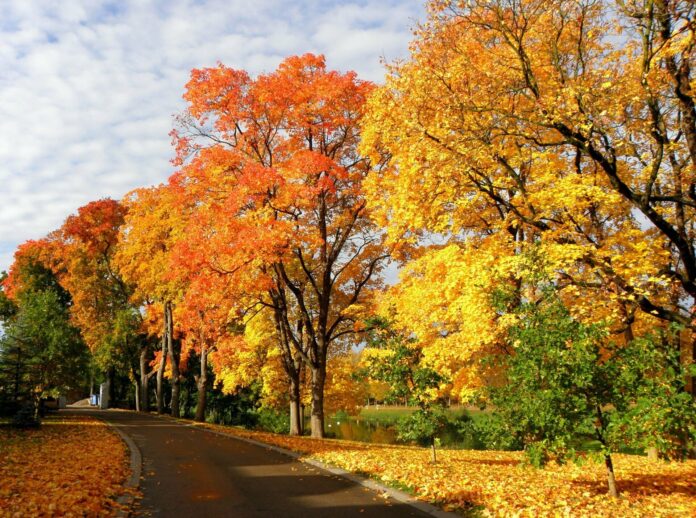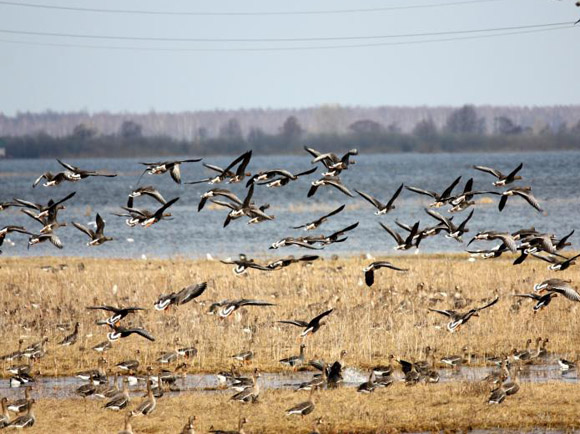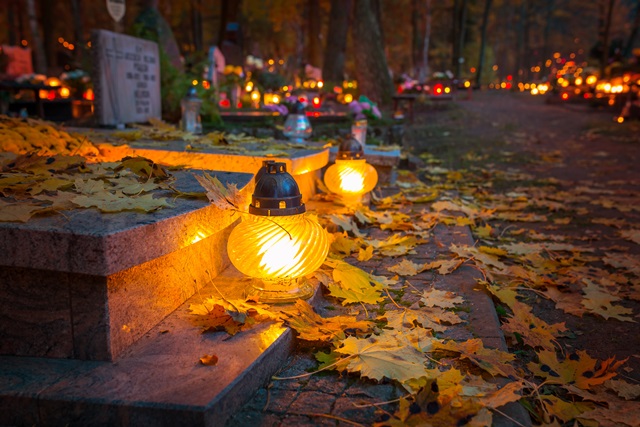
We are all familiar with the late days of September bringing the onset of fall. Jonas Vaiškūnas, editor of the website alkas.lt, is also a Lithuanian ethnographer and recently republished an article from earlier years about the autumn equinox. Usually the day that the number of daylight hours equal those of night-time falls on September 23. After this date, nights become longer than days.
In Lithuania, as elsewhere, the dates of the spring and autumn equinox were the key to marking time as well as the feast days and festivals of the year. The most important for farm-workers was the spring equinox, which signalled the beginning of planting and other chores. In the autumn, the sun’s presence in the sky begins to shorten – by a total of five hours in mid-winter.
Nature begins preparations for winter sleep. Birds fly south, leaves change colour and fall, the temperature cools down. In Lithuania autumn sowing ends, potatoes are harvested and flax sheaves are spread to dry. According to 19th century calendars, customs related to the autumn equinox centre around St. Matthew’s Day on September 21 and St. Michael’s Day, September 29.
 Historian Liudvikas Jucevičius noted that September 21 was also called Beer-Tasting Day. In the 1800’s, friends, neighbours and relatives would gather to taste beer made from the latest crop of barley, and sprinkle it liberally on tablecloths, doorways and windows. For them, this was the true beginning of autumn.
Historian Liudvikas Jucevičius noted that September 21 was also called Beer-Tasting Day. In the 1800’s, friends, neighbours and relatives would gather to taste beer made from the latest crop of barley, and sprinkle it liberally on tablecloths, doorways and windows. For them, this was the true beginning of autumn.
A week after the autumn equinox, September 29 (called Michaelmas in English), the feast day of St. Michael, was the beginning of the potato harvest. That day, the wind would presage the weather to come – south and west winds meant a long autumn and a warm winter. Northerly and easterly winds meant a cold winter. A clear sky on that day also foretold a cold winter.
St. Michael’s Day was known as the middle of Indian Summer (Bobų vasara – literally Women’s/Crones’ Summer, Old Biddies’ Summer), when warm weather returns for a brief time – usually three days before and three days after the 29th.
According to mythologist A.J. Greimas, in olden times once the grain harvest was stored away, a community festival dalled Dagotuvės or Dagos šventė was held (daga meaning harvest). One of the most important rituals of this festival was the sacrifice of a goat in gratitude to the gods. This festival was also known in Latvia. Historical sources show variations in date for this festival, anywhere from the equinox until mid-November.
 This period, the time before and after Vėlinės (All Souls’ Day) on November 2, was known as “Vėlinių metas”, and actually extends until Christmas Eve. This is one of the oldest Lithuanian traditions based on pre-Christian practices of communing with the souls of the dead. The tradition continues today with the long-standing custom of visiting the gravesites of loved ones, tending them and lighting a candle for the dear departed.
This period, the time before and after Vėlinės (All Souls’ Day) on November 2, was known as “Vėlinių metas”, and actually extends until Christmas Eve. This is one of the oldest Lithuanian traditions based on pre-Christian practices of communing with the souls of the dead. The tradition continues today with the long-standing custom of visiting the gravesites of loved ones, tending them and lighting a candle for the dear departed.





























